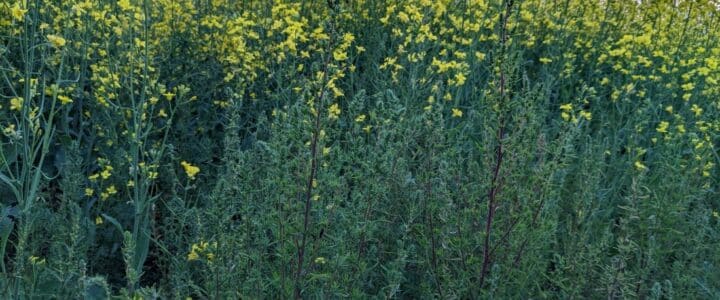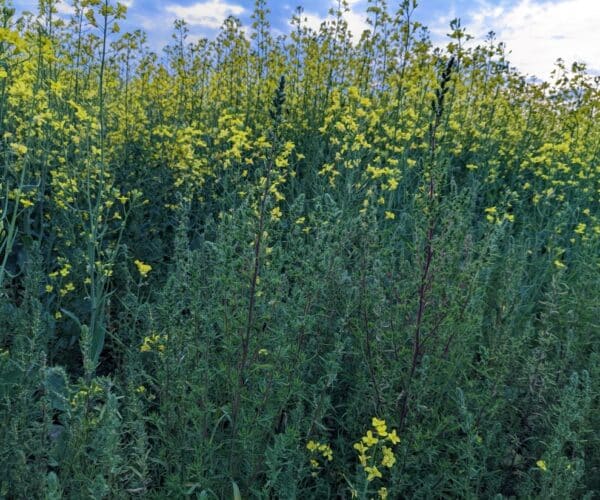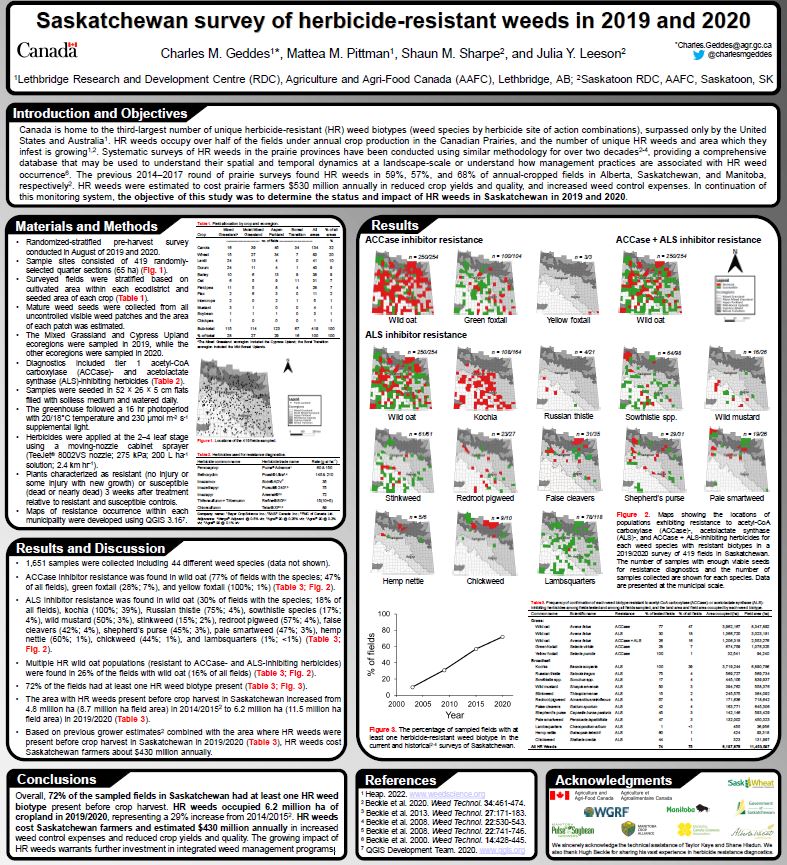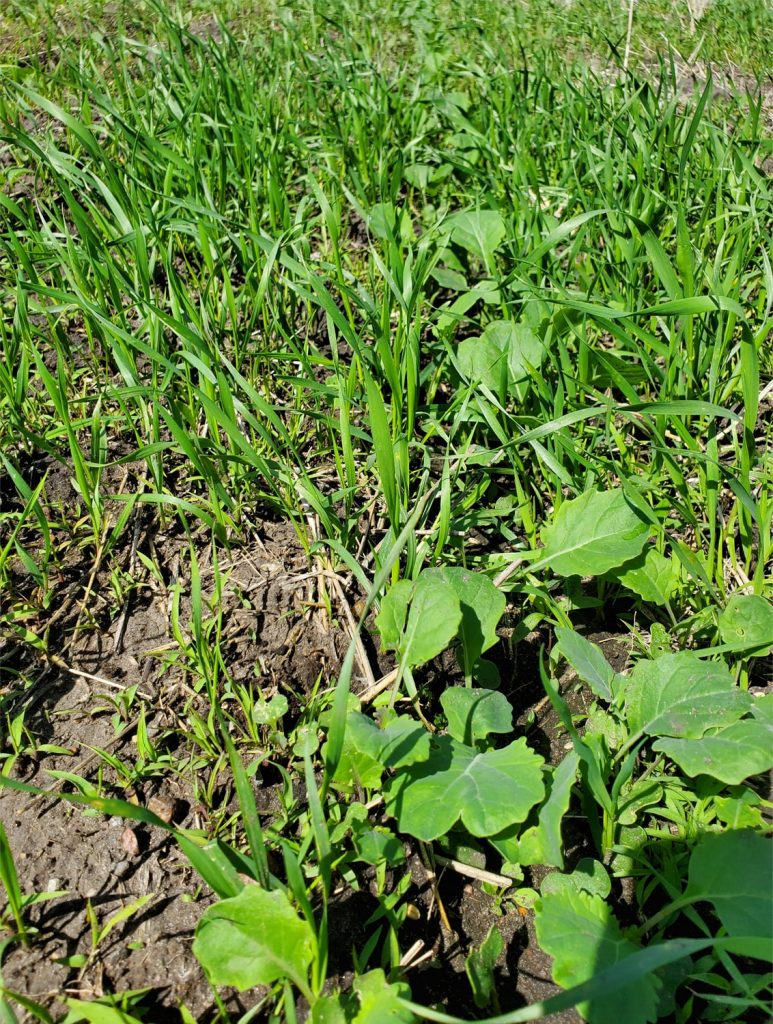Surveys are showing that herbicide-resistant (HR) weeds are a widespread issue across the Prairies. However the predominant weed species and type of resistance does vary by location. To address this, identify the HR weed challenges in each field, noting field variability, then consider the rotation plan (and subsequent herbicide product options for each crop), and make strategic selections such as herbicide tolerance systems, herbicide groups (and the frequency of their use within a year and in the long term), modes of action, timing options (pre-seed and in-crop) to implement the most effective weed management strategy for your operation.
2012-2017 Prairie weed survey
Several years after the previous report (2007 to 2011), the Herbicide-resistant weeds in the Canadian prairies: 2012 to 2017 study reported herbicide-resistant (HR) weeds across western Canada. Preharvest surveys in Saskatchewan (2014 and 2015), Manitoba (2016) and Alberta (2017) included 798 randomly selected cropped fields across 28 million hectares. Between 2012 and 2016 the research team also screened 1,108 weed seed samples.
Key results from the paper’s abstract, which was published in Weed Technology include:
- Approximately 69% of fields that wild oat seed was collected from had an HR biotype:
- 62% had some Group 1-resistance, 34% had Group 2 resistance, and 27% had both Group 1+2 resistant.
- The increase in Group 2 resistance could be the result of reliance on this site of action to manage Group 1 resistance, and the resultant increased selection pressure.
- Group 2 resistance was found in green foxtail (11% of sampled fields) and yellow foxtail (17% of Manitoba fields), which was not detected in the previous survey round.
- Group 2–HR broadleaf weeds were also confirmed, with cleavers and field pennycress being most abundant.
- The 2017 post-harvest survey in Alberta indicated widespread Groups 2, 4 (dicamba), and 9 (glyphosate) resistance in kochia and Group 2 resistance in Russian thistle.
Apply this research on your farm
- Take account of weed scenario – Identify weeds in each field, test for herbicide tolerance and maintain annual records.
- Considering crop rotation plans, map out a weed management plan with your agronomist that suits your operation.
- Avoid late, off-label applications, especially in glyphosate-resistant systems.
- Check out Top 10 Herbicide Resistant weed Management Practices
- Review Canola Watch’s Integrated weed management: Best practices
Read more in these publications: Herbicide-resistant weeds in the Canadian prairies: 2012 to 2017 and the First report of glyphosate-resistant downy brome (Bromus tectorum L.) in Canada.
2019-2024 Prairie weed survey
The next generation of Prairie herbicide-resistant weed surveys and surveillance research, led by Charles Geddes, employs a series of Prairie Herbicide-Resistant Weed Surveys and a coordinated strategy for biovigilance of HR weeds in the Prairie Region of Canada to increase awareness of HR weeds, guide the priorities of agricultural industry, and help growers understand how to mitigate and manage HR weeds on their farms.
The interim results suggest that the herbicide-resistant weed challenge has only increased over the years.
Notable interim weed survey findings include:
- The area infested with HR weeds in farmland under annual crop production in Saskatchewan increased from 11.8 million acres in 2014/2015 to 15.3 million acres in 2019/2020.
- Group 1 resistance was reported in wild oat, green foxtail, and yellow foxtail in the 2019/2020 Saskatchewan survey and group 2 resistance in wild oat, kochia, sow thistle species, wild mustard, stinkweed, redroot pigweed, false cleavers, shepherd’s purse, pale smartweed, lamb’s quarters, hemp nettle, and chickweed, as well as group 1+2 resistance in wild oat.
- The first glyphosate-resistant downy brome was also confirmed, which (unfortunately) represents the first glyphosate-resistant grass weed identified in Canada.
Learn more in the We stand on guard for thee: A brief history of pest surveillance on the Canadian Prairies publication.
Impact of late herbicide applications
Recognizing that while late applications of glyphosate have been shown to have detrimental effects on cotton, soybean, and corn, little was known about the effects of late herbicide applications on canola reproduction, seed set, yield, and quality, Chris Willenborg led the Quantifying the risks associated with late and sequential herbicide applications in herbicide-resistant canola systems project conducted over 8 site-years across Alberta and Saskatchewan. Key outcomes from this research are:
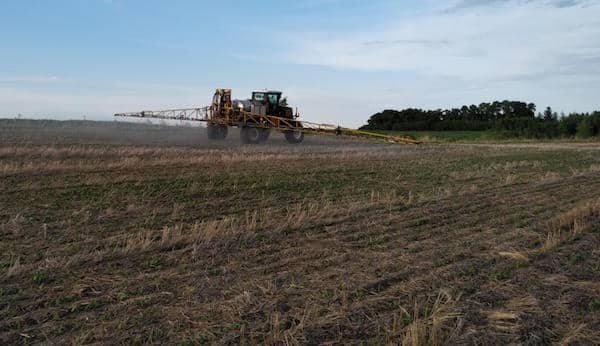
- The response of canola to late and sequential applications was somewhat ambiguous, but highly dependent on herbicide-tolerant system.
- Despite the lack of differences in some site-years, the glyphosate-resistant (Roundup Ready) system appeared to be impacted more significantly than either the glufosinate-resistant (LibertyLink) or imidazolinone (Clearfield) systems.
- Trends across the other site-years indicated off-label applications in the glyphosate-resistant (Roundup Ready) system can have substantial impacts on crop yield, yield components, and even seed quality. This limited flexibility for emphasizes that late, off-label applications must be avoided whenever possible.
- Instead, producers are recommended to stay consistent with on-label applications of glyphosate.
- Despite the lack of differences in some site-years, the glyphosate-resistant (Roundup Ready) system appeared to be impacted more significantly than either the glufosinate-resistant (LibertyLink) or imidazolinone (Clearfield) systems.
- More research is needed to identify thresholds at which yield loss due to weeds exceeds that caused by late herbicide applications.
Kochia considerations
The Biology and management of glyphosate-resistant kochia research examined timing of seed maturity, seed production potential, and seed dormancy characteristics of glyphosate-resistant kochia. It also identified effective alternative herbicides to control glyphosate-resistant kochia in preseed/chemfallow and in-crop applications.
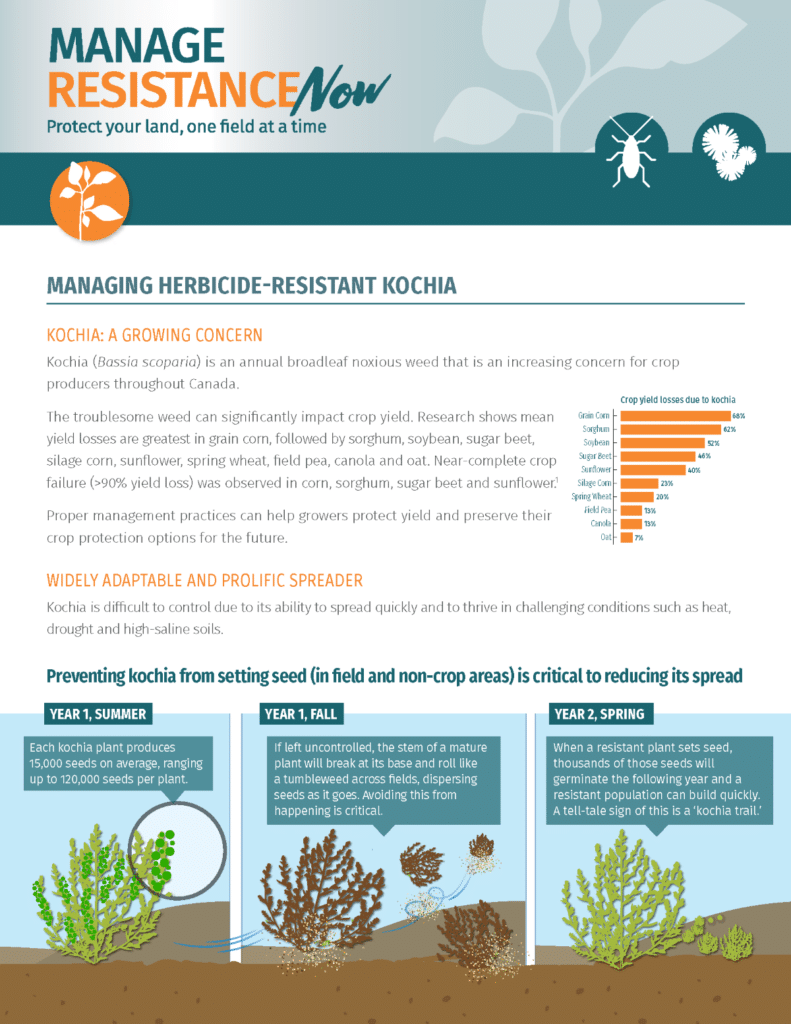
Helpful biological and management information about kochia from this study included:
- Kochia readily emerges in early spring and those early-emerging plants produce the most seed.
- However kochia emerging in mid-to-late July and mid-August were still capable of producing viable seed before a killing fall frost.
- Without crop competition and at densities of 75-150 plants m-2, kochia emerging in April and May produced up to 2.4 – 5.2 million seeds m-2.
- Kochia seed possesses short-term dormancy (a few weeks) after maturity but subsequently germinated at high levels.
- On-farm applications from these results:
- Producers must be diligent in controlling kochia that emerges early and as late in the growing season as early August to stop kochia seed production.
- Growers can quickly reduce the seedbank if they prevent new introductions, since results indicate kochia will likely germinate or die within 1-2 years.
- If herbicides being used are effective on kochia then they should also be effectives on glyphosate-resistant kochia, since results indicated that the glyphosate resistance trait did not confer resistance to any other class of herbicides.
- If canola is planned for a field with glyphosate-resistant kochia, growing Liberty Link is recommended, as glufosinate provides a consistent and high level of kochia control. Growers should also consider using ethalfluralin or carfentrazone to get other herbicide modes of action in their weed control program.
- Chemfallow findings:
- The majority of glyphosate-resistant kochia populations in western Canada were selected for in chemfallow fields due to the repeated sole use of glyphosate.
- At the time of this study, dicamba (Banvel) at higher rates of 290-580 g ai ha-1, dicamba/diflufenzopyr (Distinct), saflufenacil (Heat), MCPA/dichlorprop-p/mecoprop-p (Optica Trio), and carfentrazone (Aim) were the best tank-mix partners, with glyphosate to control kochia in chemfallow.
Learn more on the Biology and management of glyphosate-resistant kochia page in these related publications:
- Survey of glyphosate-resistant kochia (Kochia scoparia L. Schrad.) in Alberta (publication)
- Glyphosate- and Acetolactate Synthase Inhibitor–Resistant Kochia (Kochia scoparia) in Western Canada (publication)
Also check out Can harvest weed seed management be used to control kochia, cleavers and wild buckwheat?
Wild oat control
The five-year no-till Integrated crop management systems for wild oat control study led by Neil Harker investigated this challenging weed and reported:
- A rotation that includes fall-seeded crops such as winter wheat, perennial crops such as alfalfa, and annual crops with alternative harvest dates, such as silage barley, can provide significant wild oat management and reduce the need for herbicide applications.
- This can also reduce the risk of building up a population of herbicide-resistant wild oats, and provide effective control options in fields where herbicide resistant wild oats already exist.
However, the subsequent Mitigating herbicide resistance – investigating novel integrated weed management systems project, led by Breanne Tidemann reported wild oat results that were not as promising as results from Neil Harker’s previous research on wild oat. This study reported:
- Grass weeds, and in particular wild oat, tend to be more competitive than the broadleaf weeds. The lower broadleaf weed biomass was a side impact of high, and competitive, wild oat populations, which reduced the size and impact of the broadleaf weeds.
- Previously studied management strategies for wild oat control, including increased seeding rates and inclusion of a winter cereal or barley silage, may not always prove effective for wild oats or for other species.
- Early application of integrated weed management is critical, because waiting until resistance establishes (and densities increase) could result in management failure and loss of control.
Pending weed management results
In addition to these completed weed management projects, there are several studies that are still in progress, including:
- Updating the critical weed free period in canola
- Prairie weed surveys
- Balancing economic, action, and seed production thresholds for glyphosate-resistant kochia in canola
- Enhance understanding of cleavers populations in western Canada
- Glyphosate-or auxinic-resistant kochia and Russian thistle Prairie survey
- Screening false cleavers from the Prairie Herbicide Resistance Surveys for quinclorac and glyphosate resistance
Additional weed management resources
Published November 10, 2022


